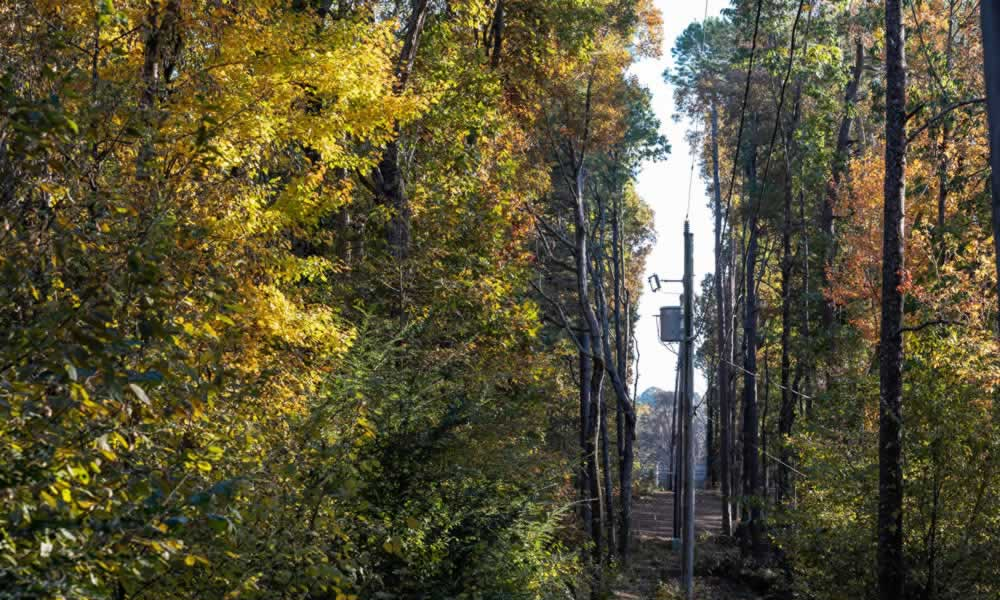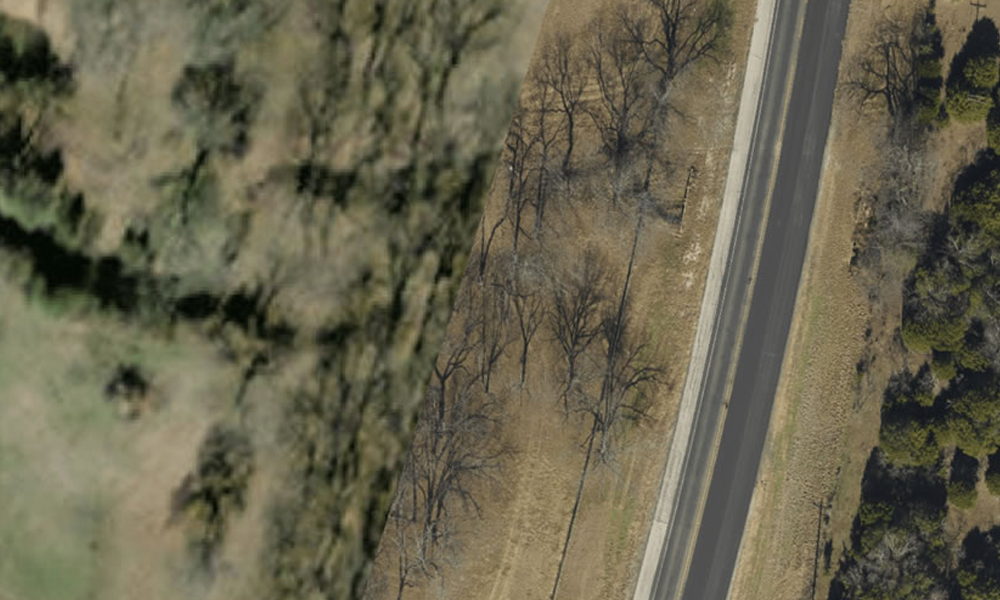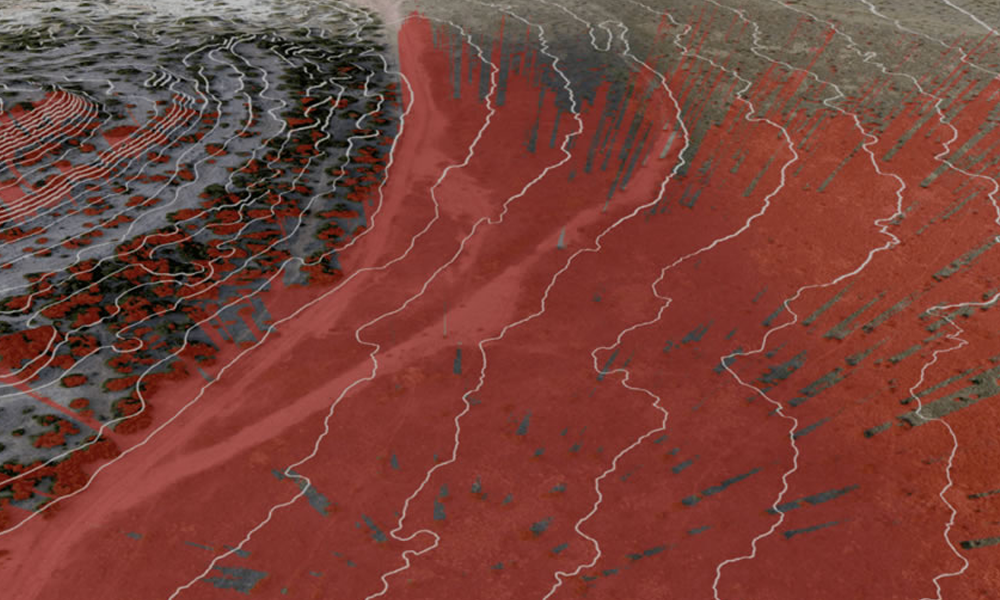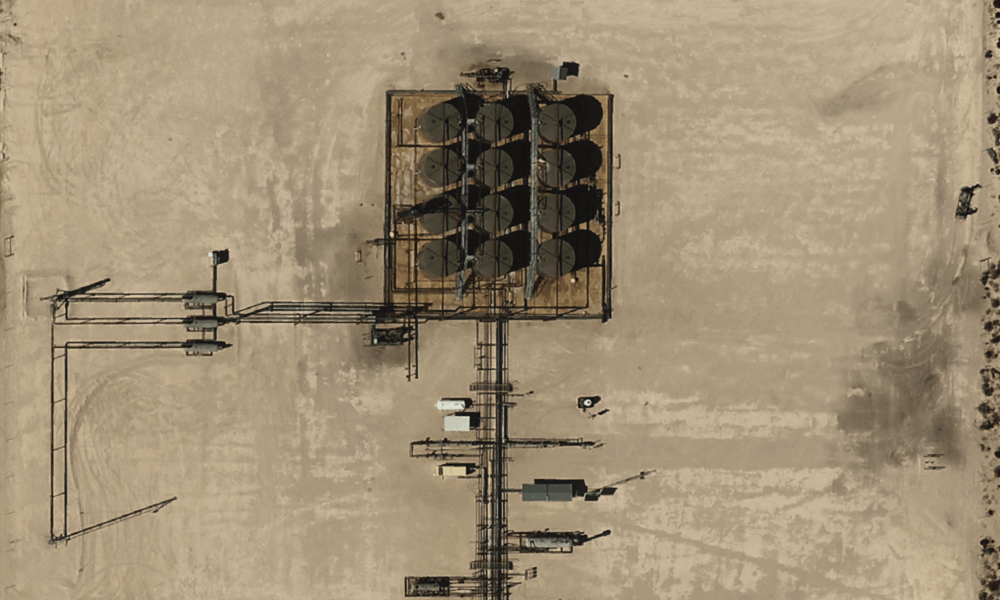How Utility Vegetation Management Can Prevent Fines, Protect Lines
How Utility Vegetation Management Can Prevent Fines, Protect Lines
How Utility Vegetation Management Can Prevent Fines, Protect Lines
How Utility Vegetation Management Can Prevent Fines, Protect Lines

Federal Energy Regulatory Commission (FERC) and Most States Enforce Fines to Ensure Utility Companies Keep Distribution Lines Clear of Potentially Dangerous Trees, Vines and Underbrush
Every community depends on reliable electricity—for home and work. A critical need for keeping the power on involves making sure that 5.5 million miles of distribution lines (those that deliver power to homes and businesses) are clear of hazards with utility vegetation management.
Encroaching vegetation is a huge issue. “Tree contact with transmission lines is a leading cause of electric power outages,” FERC’s website declares. Wherever you live, you’ve likely, at some time, lost power for this reason. In cold weather, trees can crash into power distribution lines when limbs and branches collect ice and snow. Winter is also when much vegetation is dormant. That condition raises the possibility of dangerous fires. In warmer seasons, storms with high winds and hail can slam trees into powerlines. In recent years, storms in both seasons have brought damage and outages to many regions.
Utility Vegetation Management
In light of that, state and federal regulators have set up standards regarding trees and power lines. Utilities violating these rules may be fined. Trees grow constantly for around half the year, so utilities must regularly monitor their grid to avoid fines and dangers. Because power lines cover millions of miles, companies can greatly benefit by monitoring them with aerial photography.
Four Reasons Why Vegetation is a Hazard for Utility Companies
-
- Fines. Regulators in every state establish rules in order to enforce compliance. Those rules define the amount of clearance required between vegetation and power lines. They also define the consequences if a utility company fails to keep things within the definition of a safe distance.
For high voltage transmission lines crossing state borders, FERC may charge up to $1 million per day per violation. A violation would be when vegetation creeps closer than is allowed. Distances vary by tree type and other variables, depending on the perceived risk.
Delivery lines are regulated state by states, and fines vary.
- Fines. Regulators in every state establish rules in order to enforce compliance. Those rules define the amount of clearance required between vegetation and power lines. They also define the consequences if a utility company fails to keep things within the definition of a safe distance.
-
- Community Care. As we said, electric reliability powers the community’s comfort, safety, health care, commerce, transportation, and recreation. That covers almost every aspect of life. In the U. S., we take this for granted because almost all utilities take it seriously.
-
- Preventing Repair Costs. Under the “an ounce of prevention” rule, spending a few dollars on surveillance and prevention (tree trimming/removal) is much more cost efficient than scrambling a couple hundred workers and dozens of trucks in the middle of a thunderstorm.
-
- Preventing a Cascading Failure. A cascading failure is when one power grid fails, then overloads the next one—and so forth. The most recent event, according to FERC, was “the August 2003 blackout that affected 50 million people in the Northeast United States and Canada.” That incident prompted the creation of many current rules. Federal legislation then required FERC to create an Electric Reliability Organization. To do that, FERC designated the North American Electric Reliability Corporation (NERC). It tasked NERC with developing and enforcing reliability standards for the Bulk Power System. That includes “the Reliability Standard that addresses vegetation management covering tree trimming on rights-of-way, FAC-003-4.”
One can imagine how costly that was, in human issues and in remediation costs.
How Aerial Orthophotography Speeds Vegetation Management Compliance
As one can imagine Prius Intelli’s aerial imagery speedily inspects thousands more miles than would ever be possible from the ground. Prius can provide data ranging from 5-5,000 square miles. Orthophotography and GIS data reveal any tree encroachment issues. From there utilities can immediately send cleanup crews to prevent damage.
Orthophotography corrects edge distortions due to the curvature of the earth. It also connects the photos to provide pinpoint accuracy. Because Prius Intelli provides detail ranging from 2.5, 5, 7.5, 10, to 15 CM, utilities can easily verify the amount and type of vegetation.

Federal Energy Regulatory Commission (FERC) and Most States Enforce Fines to Ensure Utility Companies Keep Distribution Lines Clear of Potentially Dangerous Trees, Vines and Underbrush
Every community depends on reliable electricity—for home and work. A critical need for keeping the power on involves making sure that 5.5 million miles of distribution lines (those that deliver power to homes and businesses) are clear of hazards with utility vegetation management.
Encroaching vegetation is a huge issue. “Tree contact with transmission lines is a leading cause of electric power outages,” FERC’s website declares. Wherever you live, you’ve likely, at some time, lost power for this reason. In cold weather, trees can crash into power distribution lines when limbs and branches collect ice and snow. Winter is also when much vegetation is dormant. That condition raises the possibility of dangerous fires. In warmer seasons, storms with high winds and hail can slam trees into powerlines. In recent years, storms in both seasons have brought damage and outages to many regions.
Utility Vegetation Management
In light of that, state and federal regulators have set up standards regarding trees and power lines. Utilities violating these rules may be fined. Trees grow constantly for around half the year, so utilities must regularly monitor their grid to avoid fines and dangers. Because power lines cover millions of miles, companies can greatly benefit by monitoring them with aerial photography.
Four Reasons Why Vegetation is a Hazard for Utility Companies
-
- Fines. Regulators in every state establish rules in order to enforce compliance. Those rules define the amount of clearance required between vegetation and power lines. They also define the consequences if a utility company fails to keep things within the definition of a safe distance.
For high voltage transmission lines crossing state borders, FERC may charge up to $1 million per day per violation. A violation would be when vegetation creeps closer than is allowed. Distances vary by tree type and other variables, depending on the perceived risk.
Delivery lines are regulated state by states, and fines vary.
- Fines. Regulators in every state establish rules in order to enforce compliance. Those rules define the amount of clearance required between vegetation and power lines. They also define the consequences if a utility company fails to keep things within the definition of a safe distance.
-
- Community Care. As we said, electric reliability powers the community’s comfort, safety, health care, commerce, transportation, and recreation. That covers almost every aspect of life. In the U. S., we take this for granted because almost all utilities take it seriously.
-
- Preventing Repair Costs. Under the “an ounce of prevention” rule, spending a few dollars on surveillance and prevention (tree trimming/removal) is much more cost efficient than scrambling a couple hundred workers and dozens of trucks in the middle of a thunderstorm.
-
- Preventing a Cascading Failure. A cascading failure is when one power grid fails, then overloads the next one—and so forth. The most recent event, according to FERC, was “the August 2003 blackout that affected 50 million people in the Northeast United States and Canada.” That incident prompted the creation of many current rules. Federal legislation then required FERC to create an Electric Reliability Organization. To do that, FERC designated the North American Electric Reliability Corporation (NERC). It tasked NERC with developing and enforcing reliability standards for the Bulk Power System. That includes “the Reliability Standard that addresses vegetation management covering tree trimming on rights-of-way, FAC-003-4.”
One can imagine how costly that was, in human issues and in remediation costs.
How Aerial Orthophotography Speeds Vegetation Management Compliance
As one can imagine Prius Intelli’s aerial imagery speedily inspects thousands more miles than would ever be possible from the ground. Prius can provide data ranging from 5-5,000 square miles. Orthophotography and GIS data reveal any tree encroachment issues. From there utilities can immediately send cleanup crews to prevent damage.
Orthophotography corrects edge distortions due to the curvature of the earth. It also connects the photos to provide pinpoint accuracy. Because Prius Intelli provides detail ranging from 2.5, 5, 7.5, 10, to 15 CM, utilities can easily verify the amount and type of vegetation.







